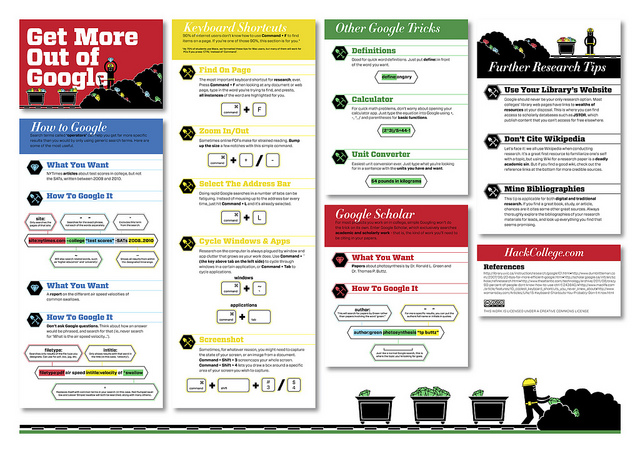Infographic material flooding the web through blogs and various social media has become one of the easiest ways for people to digest serious information about a variety of subjects. Info seekers tend to get a better grasp of topics formerly alien to them simply by perusing them and successfully making sense of the connection between images, icons or graphic elements melded with factoids and key textual info.
People who do a lot of blog reading access important info they could digest more quickly via infographic content and could sometimes even use such as visual aids when discussing subjects with professional peers. Social media users also manage to get a good grasp of things they would otherwise ignore once they come as stodgy textual information running more than a paragraph or two. Attention spans seem to have dwindled among audiences in the last 10 years that it has now become rare for people to read through lengthy articles especially those of the educational kind.
Design Intent
Those who regularly surf the net for information do so with the prospects of gathering enough data to support research on various subjects. This could be done via online tech options like desktop PC, laptop, or mobile devices like smartphones, phablets or tablets. To be able to get to information sources, users could access open browsers, info apps, websites, blogs or social media.
You could, in fact, be capable of acquiring as much info as you need depending on how hard and diligently you do your research. However, from among the various web content that you would most likely come across, from the lengthy text-heavy documents to those that use images, audio and video, it would be infographic content that could give you as much useful, unique and accurate information that also offers high visual infotainment value. Infographic design intent is done is such a way so as to get ideas or messages across to audiences with the least academic grumbling from users. Web content presented this way is advantageous in terms of the following:
- It presents information visually to provoke mental association. The technology behind infographic design is more scientific than merely graphic design driven. Info seekers once exposed to such content tend to own the info contained as they assimilate whatever data being passed on to them quickly. The relationships between certain images and depictions with the factoids, figures and key text in them become clearer to people.
- It is shareable content. Web content that is interesting and uniquely amusing tend to be shared by users with other users. This makes infographic material relevant on a larger scale since it could be capable of reaching a far wider audience who could also pass on the info interminably. As the info develops into a better understood one by manier people, it becomes a technology-in-progress and could further evolve for as long as the subject matter remains relevant to users.
- Infographic content comes in various suitable view sizes. Since web access has become possible not only via desktop and laptop devices and has crossed over to mobile devices such as smartphones, phablets, tablets and eReaders, infographic content creation makes itself adaptable to such tech formats. This is why anytime you access infographic design plates from the web via any web device, it is highly likely that the view format would always allow you to view infographic content properly. Desktop browsers with wider displays usually offer landscape view options. Mobile devices could have a variety of vertical or horizontal view options and could present infographic layouts either in landscape or portrait orientations.
Infographic content entertains and at the same time informs. Viewing them in any way you could only helps you be more informed and potentially knowledgeable in the future.

